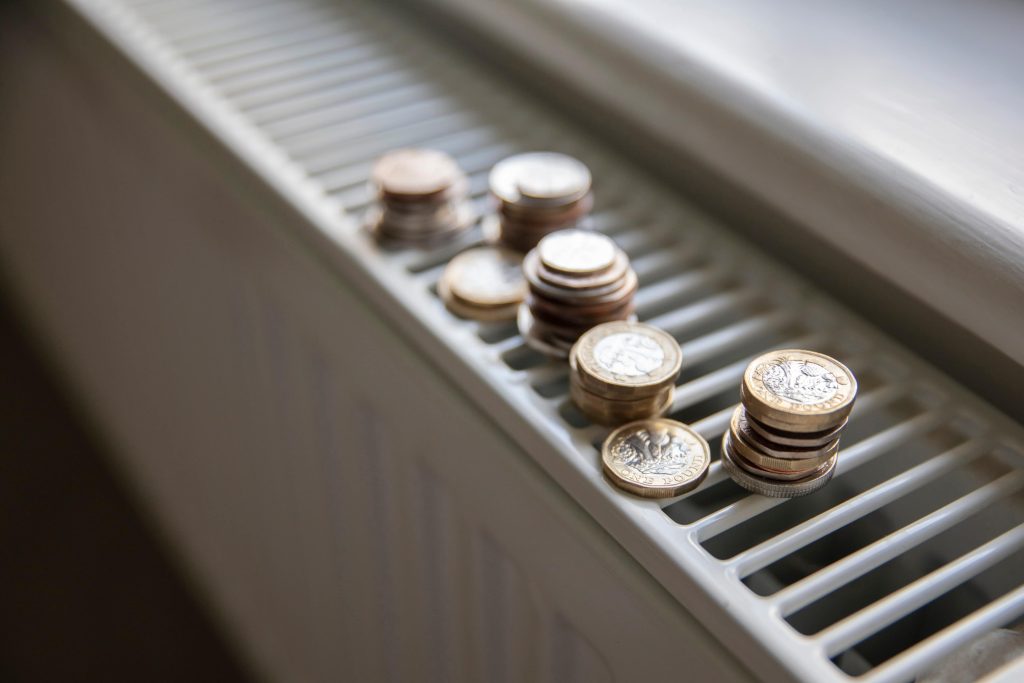Introduced to measure buildings’ consumption, the energy audit is essential when interventions are planned to optimise costs and optimise the functioning of heating systems. Let's find out how it works and how it is done.
What is the energy audit?
The energy performance diagnosis is a systematic procedure to identify the energy consumption of public and private buildings. They can be living spaces as well as places of business, industrial or commercial plants.
An adequate knowledge of energy consumption, in fact, indicates and quantifies the opportunities for saving energy, evaluating costs and benefits.
Producing a correct home energy audit is therefore the first step for any energy efficiency intervention. It is the most effective tool for highlighting all areas for possible improvement in a building.
The interventions are classified in order of priority, trying to develop energy models with benefits far greater than the costs.
Are energy audits mandatory?
Depending on the type of building, the energy diagnosis is mandatory or not. In fact it is mandatory for businesses, but it is not necessary for private homes, except in some cases, although it is still recommended.
The audit aims to identify and quantify cost-effective for energy savings opportunities and report on the results. If carried out before and after some interventions, it certifies the progress in energy classes which ensures an increase in the value of the property.
Large companies and businesses with significant energy consumption are obliged to carry out an energy audit. The audit must also be updated. The obligation does not concern those companies that have adopted EMAS compliant management systems and ISO 50001 or EN ISO 14001 certifications.
For residential buildings, it is required to access the Green Deal Program.
In an energy audit, various solutions are evaluated, including:
- centralised system equipped with condensing boiler or heat pump;
- integrations with thermal solar systems;
- centralised cogeneration plant;
- heating station.

What are the steps of an energy audit?
A home energy audit report can only be carried out by persons or entities certified by accredited bodies. It must be drafted according to the UNI CEI EN 16247:2012 Standard.
- It starts with data collection, through site inspections to understand the problems. This step includes the punctual reading of consumption bills.
- You get an energy consulting report. A specialised technician evaluates the physical conditions of the building, from the outside up to the pipes and systems.
- A calculation of the energy needs of the building is made. It can also depend on different factors, such as the geographical area.
Then, the specialised technician produces a report where he indicates the necessary interventions.
Difference between energy diagnosis and energy certification
Energy diagnosis and energy performance certification are not the same thing.
The energy certification is based on standard calculations.
The energy diagnosis is much more detailed. It takes into account the real values of the heating system use, compared to the number of people living in the building and to the updated climatic data of the area.
Is a home energy audit worth it?
An energy audit requires precision and professionalism. Establishing the cost of the operation from the outset is difficult. The listing depends on multiple factors, including the size and location of the building.
Some steps to enhance and improve the energy performance of the building, on the other hand, can already be implemented by those who live there.
For example, external wall insulation can implement thermal efficiency.
Another intervention that concerns the external part of the building involves the installation of solar panels or photovoltaic systems on the roofs: a now consolidated practice.
In addition, the PVC frames help to limit the energy dispersion.
A fundamental contribution to the improvement of energy efficiency is guaranteed by the installation of modern heating systems, especially if automated. From condensing boilers to smart thermo valves, these devices make home and heating management intelligent, reducing costs.










































